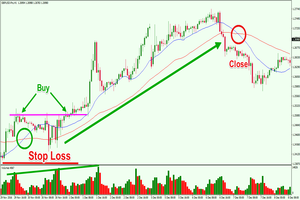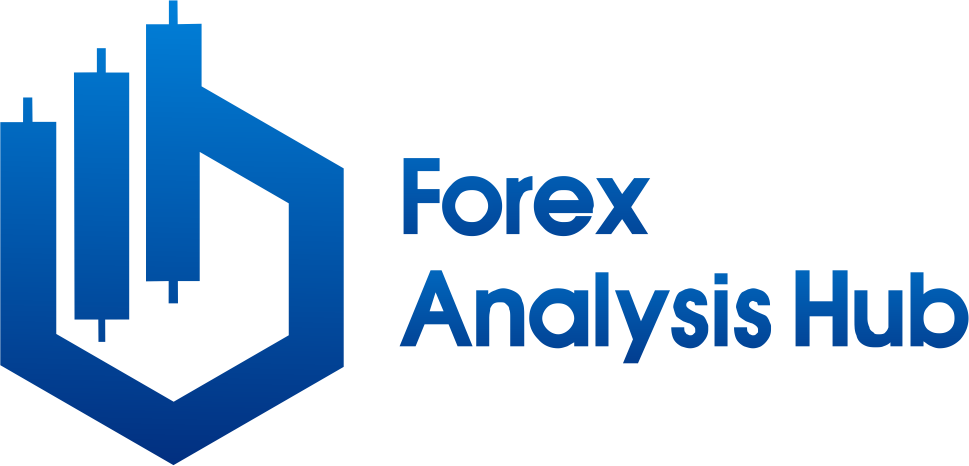
Understanding Retail Sales as an Economic Indicator
Key Takeaways
- Retail sales figures are indicative of *consumer spending behaviors* and overall *economic health*.
- A rise in retail sales suggests *bullish consumers* and a thriving economy.
- A decrease may signal *weakened consumer confidence* and economic instability.
- Forex traders should monitor these trends for potential currency value shifts [source].
- Seasonal trends play a vital role in interpreting retail sales data.
Table of contents
- Understanding Retail Sales as an Economic Indicator
- Understanding Consumer Confidence Index as an Economic Indicator
- Understanding Trade Balance as an Economic Indicator
- Case Study: Impact of Unexpected Interest Rates Hike on Forex Trading
- Case Study: The Ripple Effect of Sudden Inflation Surges
- Economic Indicators: A Crucial Guidepost in Forex Trading
- Frequently Asked Questions
Retail sales figures cast light on consumer spending behaviors and are representative of a nation’s economic health and consumer confidence. A surge in retail sales figures signifies a robust economy with *bullish* consumers willing to splurge, while a dip may indicate weakened *consumer confidence* and declining economic stability. Changes in these trends are frequent, hence the significance for forex traders to closely watch these figures [source]. Traders watching out for consistent changes in retail sales figures can anticipate potential shifts in currency value. This knowledge, combined with other economic indicators, can help traders adjust their strategies and optimize their trading plans. It’s also important to consider seasonal trends while interpreting retail sales data.
Understanding Consumer Confidence Index as an Economic Indicator
The Consumer Confidence Index (CCI) measures the degree of *optimism* that consumers have regarding the state of the economy, affecting their spending behavior. High CCI scores usually denote increased consumer spending, while low scores can hint at a decline. Savvy forex traders understand that shifts in the CCI can potentially impact *currency values*. Traders anticipate trends and make investment decisions based on such data, enhancing their trading prowess [source]. Using data analysis tools, traders can keep a tab on changes in CCI and leverage this information to make informed trading decisions.
Understanding Trade Balance as an Economic Indicator
Trade balance figures, which represent the discrepancy between a country’s exports and imports, are another crucial economic indicator [source]. This indicator provides insights into a country’s net income from overseas, consequently affecting its currency value. A positive trade balance, or a surplus, suggests a high demand for a country’s goods, which translates into a higher demand for its currency. Conversely, a negative trade balance denotes a deficit, potentially weakening a country’s currency. Forex traders need to be alert to changes in these figures and adjust their trades accordingly.
Case Study: Impact of Unexpected Interest Rates Hike on Forex Trading
To illustrate the profound impact of economic indicators on forex trading, consider an instance where a central bank unexpectedly increases interest rates. Such abrupt actions would spur investor interest due to greater potential returns, leading to a surge in demand for the currency and thus bolstering its value. Forex traders who anticipated this scenario and adjusted their strategies accordingly could have profited significantly from the currency appreciation [source]. This case underscores how economic indicators, combined with sound interpretation, can provide invaluable foresight in forex trading.
Case Study: The Ripple Effect of Sudden Inflation Surges
In a separate scenario, consider a sudden surge in inflation, forcing the central bank to enforce monetary policy tightening. Such radical changes create ripples in the forex market as traders recalibrate their expectations for further monetary adjustments. Consequently, this shift can lead to swift currency value fluctuations. Traders who keep their finger on the pulse of economic markers can capitalize on these shifts and adapt their strategies to tap into potential profits [source]. This example further elucidates how closely interwoven economic indicators are with *currency valuation* in forex trading.
Economic Indicators: A Crucial Guidepost in Forex Trading
Economic indicators are instrumental in helping forex traders navigate the intricate web of forex trading. By understanding these indicators and their potential impact on forex markets, traders can strategize optimally, refining their risk management practices, boosting financial gains, and enhancing the overall trading experience. By remaining abreast of these economic pointers and responding swiftly to market movements, traders can utilize these powerful tools to their fullest potential. As the adage goes, *information is power*, and in the highly volatile world of forex trading, it can indeed mean the difference between profit and loss [source].
Frequently Asked Questions
- What are economic indicators? Economic indicators are statistics that provide insights into the economic performance of a country.
- Why are retail sales figures important? They offer insights into consumer spending and economic health, which are critical for forex trading strategies.
- What is the Consumer Confidence Index? It measures consumer optimism regarding the economy and is closely monitored by forex traders.
- How does trade balance affect currency value? A positive trade balance indicates more exports than imports, leading to a stronger currency demand.










